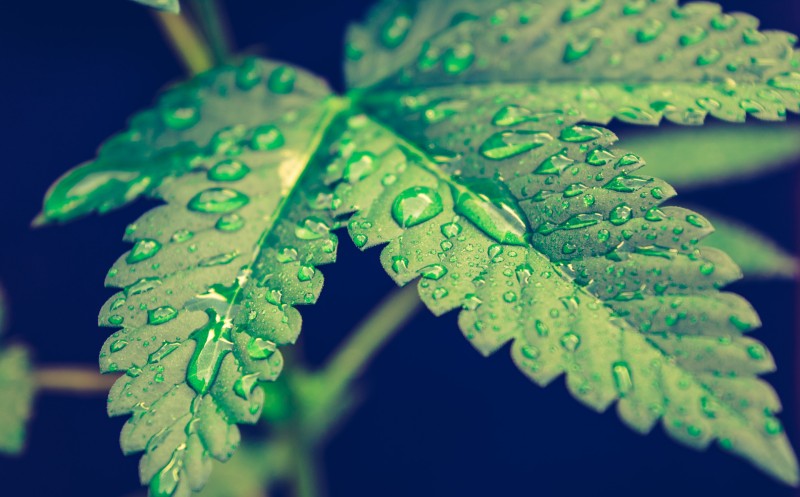When it comes to plant empowerment, balance is essential for getting the most out of growth.
While assimilates balance is important that’s hardly the only factor when it comes to stimulating growth.
Water balance is also a major part of the process, as seen with evaporation and substrate systems.
Let’s take a look at some of the key facts behind water balance and how to get the most out of your H2O.
What is Water Balance?
A plant’s water balance represents the equilibrium between evaporation and water uptake.
This balance is vital to growth as, if the evaporation surpasses the water uptake, the internal water tension (also known as plant turgor) decreases.
In this case, water is often diverted from fruits and leaves, resulting in shrinkage.
This tends not to be an issue, as rehydration occurs once there is a restoration of water availability.
However, if this imbalance occurs for too long, stomata may close to lessen evaporation, hindering CO2 uptake as well as slowing photosynthesis and growth.
Energy is the Key
While many believe that greenhouse air is a key component in evaporation rate, energy is actually the driving force.
Evaporation is quite energy intensive, with a general rate of 2.5 Mega Joules per kilo.
There are a number of ways for plants to derive this energy from the environment around them.
These include visible radiation from the sun or even lamps, also known as short wave radiation.
There is also long wave heat radiation, which can also come from the aforementioned lamps and sun, but also from heating pipes.
Energy can also be derived from convection from the air around plants, but only if there is air movement and the plant’s leaves are at a lower temperature than the air around them.
Evaporation Meets Irrigation
Additionally, it is very important to calculate the balance between irrigation and plant needs.
This can be done by adding together all the energy inputs, resulting in a complete evaporation energy flow that is expressed in W/m2.
Hoogendoorn’s iSii irrigation control software calculates this flow in terms of Joules/cm2.
Each time there is a certain sum reached, the very next drip cycle may begin, similar to tactics regarding solar radiation.
However, unlike those strategies, the energy inputs are taken from additional factors from the sun and the complete sum focuses on the inside situation, in order to account for whitewash and retractable shading screens.
The Power of the Substrate System
In order to get the best out of your water balance, as well as manage root zone water, it’s vital to have a substrate system.
While designing such a system may not be common knowledge, there are four major factors to focus on.
These include planning the function of the system, designing an optimal layout, making the most of control potential, and noting targets for climate and crop changes.
While it will take some planning and calculating, it’s just one more step to optimizing your water balance. ϖ
For more information on water balance and substrate systems, visit https://www.hoogendoorn.nl/en/






